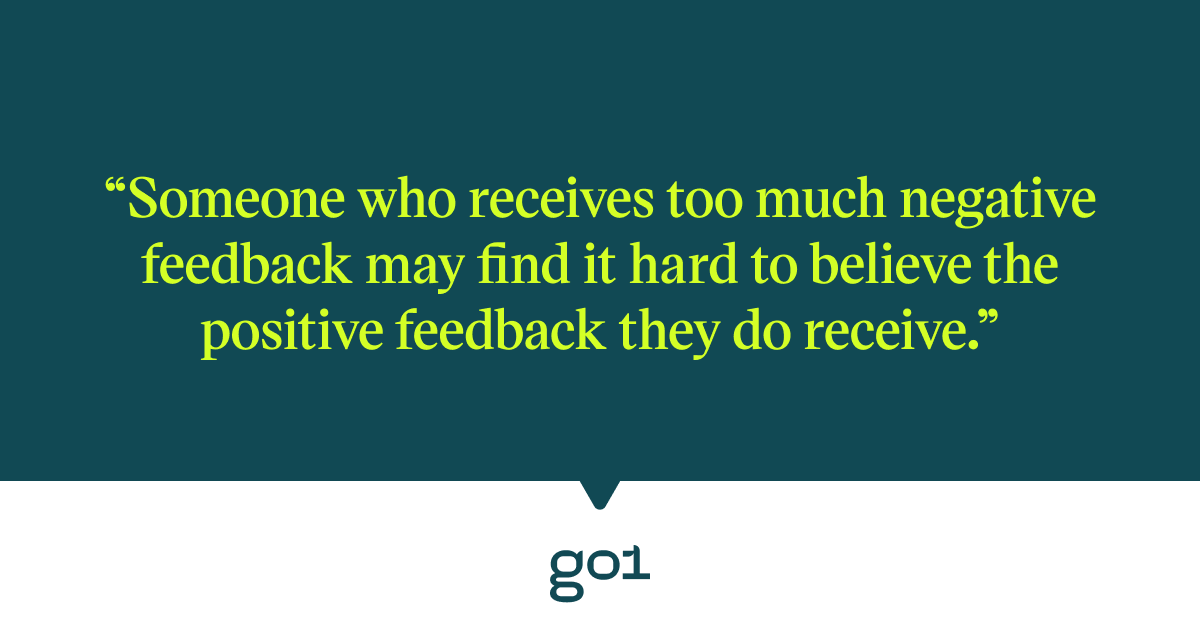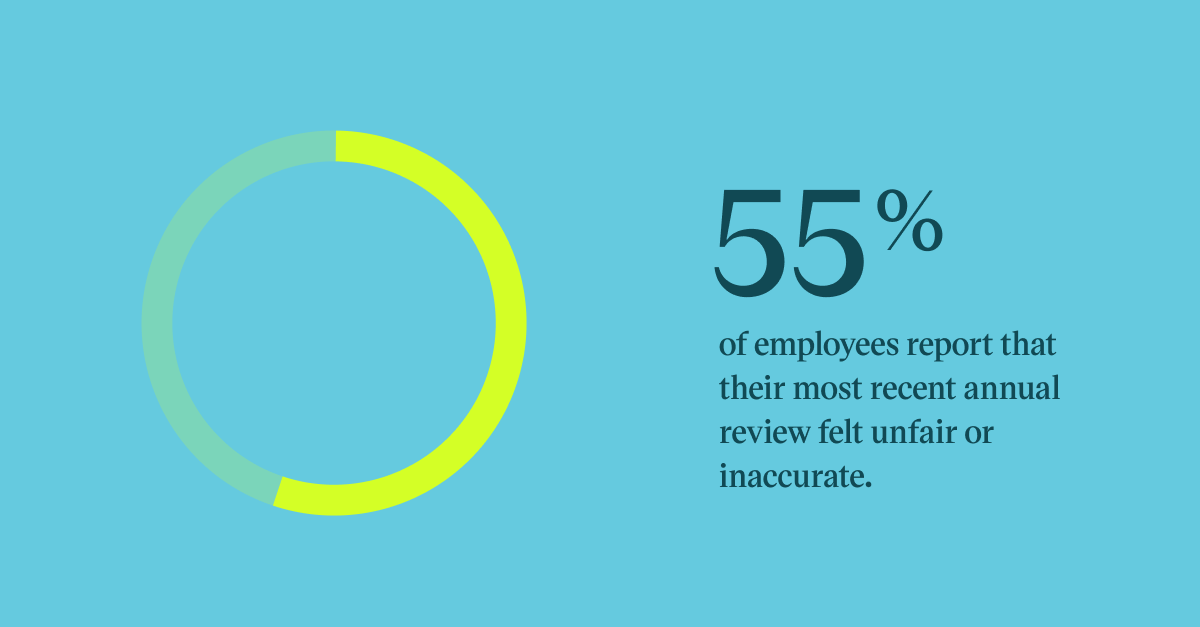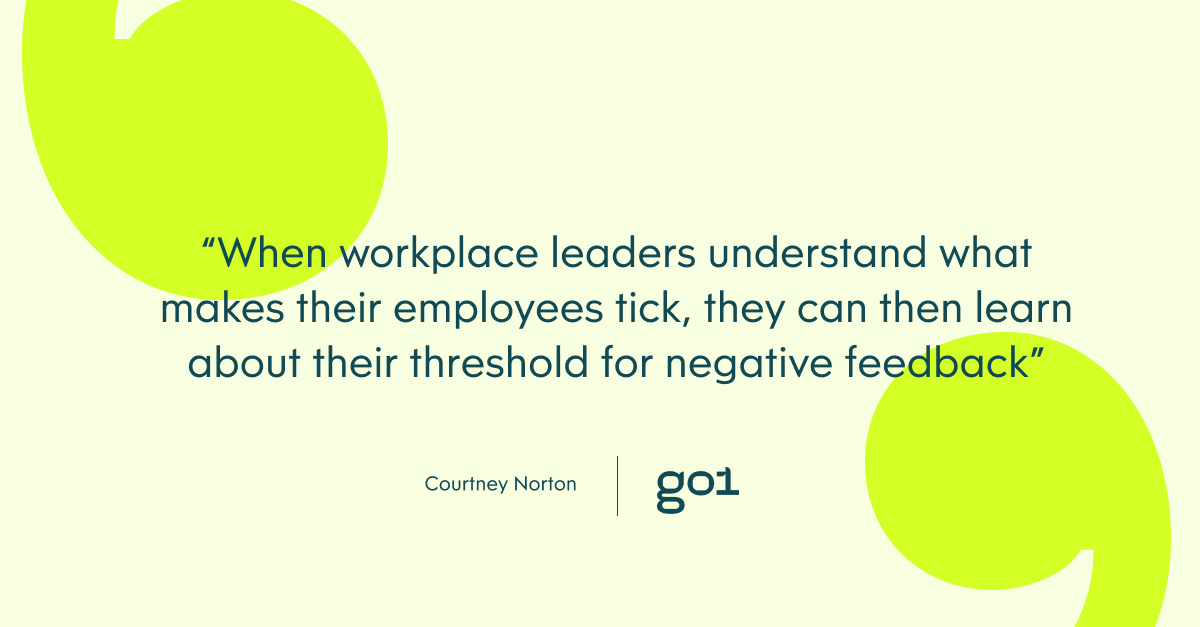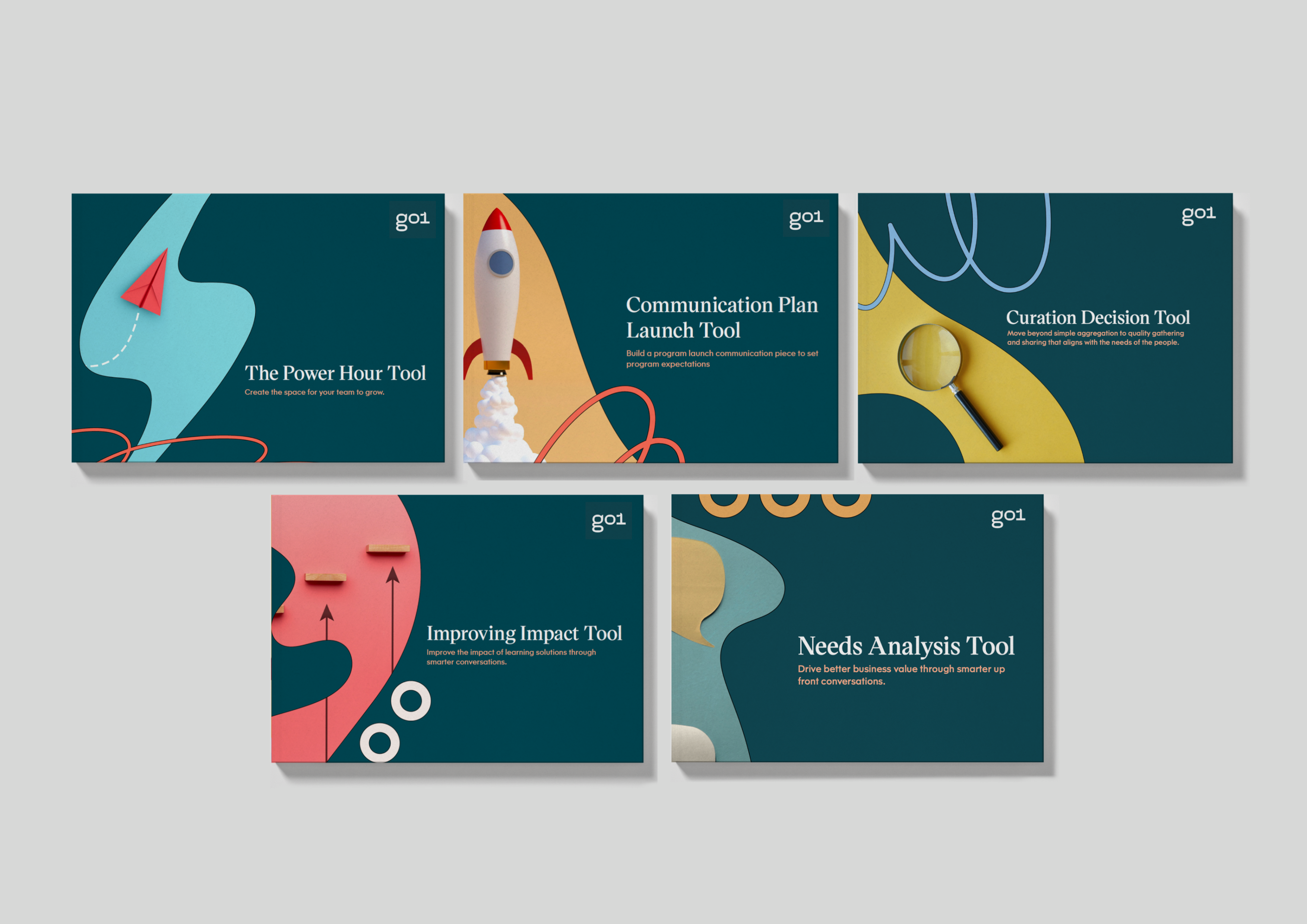
How to avoid feedback fatigue
+(2).JPG)
How would you feel if from the second you woke up to the second you went to sleep, someone was critiquing everything you did? “You haven’t made the bed correctly.” “Your kitchen is messy.” “That’s too much milk in my tea!” Sounds exhausting, doesn’t it?
It’s called feedback fatigue and it refers to when someone feels mentally drained after receiving too much negative feedback.
The same principle applies to the workplace, and it’s just as exhausting as if it were happening in your life outside of work.
As simple as it sounds, exhausted people will struggle to work to their full potential.
Let’s take a more detailed look at feedback fatigue in the workplace. What do you need to look out for? What are some of the potential impacts? And what can you do to stop feedback fatigue in its tracks?
What are the signs of feedback fatigue?
The rate at which people experience feedback fatigue is as unique as the individuals themselves.
Some people may begin to crack under the pressure earlier than others (and that’s not necessarily a bad thing).
As a result, it is absolutely essential to be aware of the signs of feedback fatigue; that way, you can recognise the signs in yourself, your colleagues, and those you manage before they get out of hand.
The first sign to look out for is paralysis. In this context, paralysis involves an employee constantly second-guessing everything they’re doing and looking over their shoulder for approval from workplace leaders.
Another impactful sign of feedback fatigue is emotional depletion. When people receive an amount of negative feedback that overwhelms them without any positive feedback to balance it out, they’re less likely to have the resilience required to change and act on that feedback. They may not even care enough to change.
A knock-on effect of emotional depletion (and another sign of feedback fatigue) is immunity to positive feedback. Someone who receives too much negative feedback may find it hard to believe the positive feedback they do receive.

What are the impacts of too much feedback?
Negative feedback is one of the necessary evils of every workplace and can be used to communicate to an employee that they aren’t currently meeting expectations in a particular area.
However, if a majority of the feedback they receive is negative, employees are far more likely to lack motivation at work.
Whether it’s true or not, employees that receive too much negative feedback may believe that their job isn’t secure, that they aren’t meeting expectations, or even that their status as a professional is being called into question.
Additionally, an approaching annual performance review leaves many of us with at least some level of nerves.
For those experiencing feedback fatigue, those nerves can turn into something more serious. 25% of employees report that they dread performance reviews more than anything else in their working lives, while a massive 55% of employees report that their most recent annual review felt unfair or inaccurate.

How could this happen?
When employees are under the impression that all the feedback they receive is negative, they may feel like workplace leaders have something against them personally and are therefore less likely to trust their advice.
What can workplace leaders do to help?
While you may have the impression that we’re anti-negative feedback, that’s certainly not the case. After all, how can leaders expect their teams to grow and improve if they don’t receive negative feedback from time to time?
We’re simply suggesting that there’s more to improving your team’s results than telling them all the ways they need to improve.
You may be a workplace leader who has firm boundaries with their team and wants to keep a very clear line between being their leader and being their friend. However, that doesn’t mean it’s not worth getting to know them.
When workplace leaders understand what makes their employees tick, they can then learn about their threshold for negative feedback (among other things) and, therefore, reduce the risk of feedback fatigue.

One of the tougher situations as a workplace leader is when an employee is missing the mark in a number of areas. That can certainly be very frustrating, and, at times, it can certainly feel tempting to let them know the negative impact they’re having on the team.
However, bombarding them with feedback can act as a trip in the fast lane straight to feedback fatigue, and no one wants that!
Never fear, there is a way to combat this scenario. Start by making a list of all the areas of improvement for that employee, ranked in order of importance. Ask yourself: what is the most important thing that needs to be fixed?
From there, focus on that one thing and make a game plan for how that employee can best tackle the issue. Once that issue is sorted, move on to the next one and, of course, be sure to let the employee know how happy you are with their progress.
By working down the list in order of priority, you may even find that other items get fixed as an automatic and very convenient knock-on effect!
Feedback fatigue can quickly become a slippery slope. However, if recognised early on, it’ll simply be a bump in the road.
For more insights, be sure to subscribe to the Go1 newsletter and stay on top of all the latest L&D trends. Or, you can book a demo today to find out how Go1 can help with your team’s learning needs.




